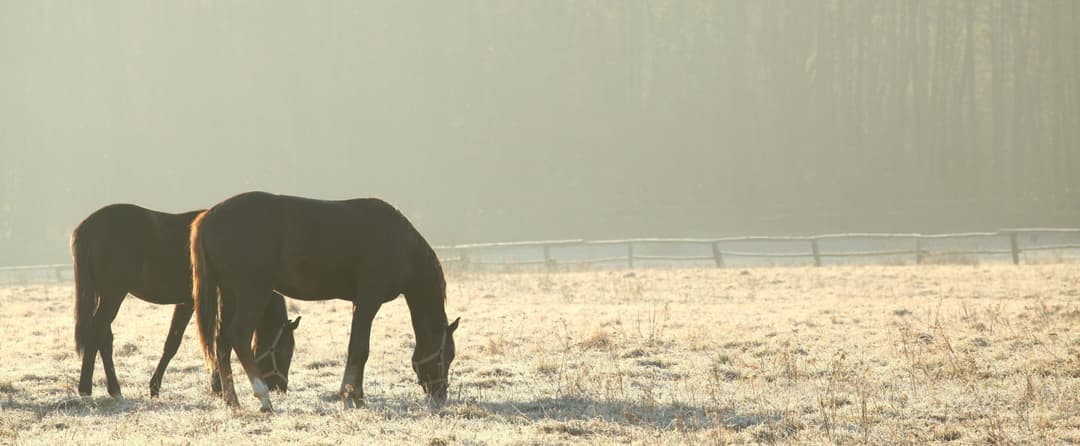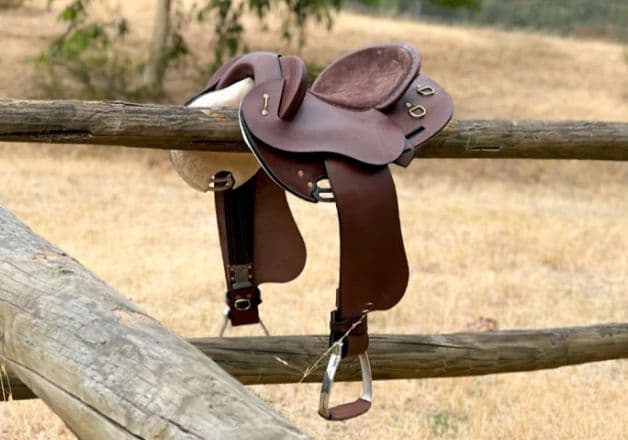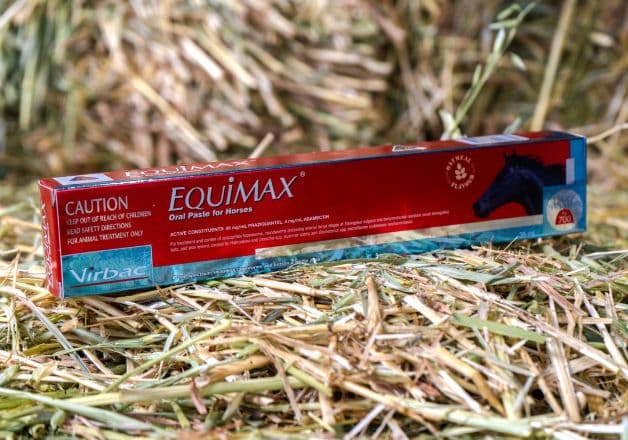
Winter Illnesses in Horses and How to Care for Them
Winter likes to throw a few curveballs our way – and your horse feels it too.
The shorter days, soggy paddocks, and freezing mornings add up. They can stir up a range of health issues, from dehydration risks to creaky joints and the odd respiratory flare-up.
The good news? You don’t need to overhaul your entire care routine.
Here are a few common issues to look for, and simple tips to prevent them.
Dehydration
You might think dehydration is a summer problem – and it is – but it’s also surprisingly common in winter.
Horses tend to drink less when it’s cold out, especially if their water source is icy or unpalatable. But dehydration in winter can quickly lead to colic and other complications. It’s not always easy to spot either. By the time the signs show, the damage may already be done.
Our top winter tip: Make sure your horse has access to clean, slightly warmed water, especially overnight. Adding electrolytes to feed or offering a warm bran mash can also encourage drinking.
Joint stiffness
Horses can really feel the cold in their joints, especially seniors or those with past injuries. You might notice stiffness when they first move or being generally reluctant to work. The cold can also exaggerate signs of arthritis, making winter exercise harder for some horses.
Our top winter tip: Keep your horse moving. Gentle warm-ups, regular turnout, and joint supplements (where appropriate) all help. A well-fitting winter rug also reduces cold-related tension, especially overnight.
Horse colic
Colic risk increases in winter, mostly due to reduced water intake, dry feed, and sudden changes in routine or diet. Impaction colic is especially common when fibre builds up in the gut without enough moisture to keep things moving.
Less movement and cold temperatures can also slow gut movement, making matters worse.
Our top winter tip: Keep feed consistent, introduce changes gradually, and encourage movement. Plenty of turnout time and rugged walks can help keep their digestion steady.
Want to learn more about treating colic in horses? Read our guide.
Respiratory problems
Dusty hay, poor ventilation and damp weather can all cause winter respiratory issues like coughs, heaves, or even viral infections.
Stabling horses for longer periods can make it worse. Cold, dry air can also irritate airways, especially during early morning or evening exercise.
Our top winter tip: Prioritise good airflow in stables, soak or steam hay if needed, and avoid overcrowding in enclosed areas. If your horse has a history of respiratory issues, a breathable, lightweight rug can help regulate body temperature without causing overheating.
Greasy heel
Muddy paddocks and damp conditions can lead to greasy heel (also known as mud fever) – a painful skin condition that causes scabs, swelling and irritation on the lower legs.
Left untreated, it can spread and become infected, causing discomfort and lameness. Some horses are more prone than others, particularly those with white socks or pink skin. If your horse does develop it, you can treat it at home gently.
Our top winter tip: Keep their legs clean and dry. Barrier creams can help, and you might consider using waterproof leg wraps if the conditions are particularly poor. If your horse is prone to this issue, daily checks and early intervention make all the difference.
Thrush
Wet, muddy conditions are the perfect breeding ground for thrush – a bacterial infection that affects the frog of the hoof and causes a strong smell, black discharge, and tenderness.
If left alone, it can progress into deeper tissue and cause serious pain or lameness. The good news? It’s preventable with regular care.
Our top winter tip: Pick out your horse’s hooves daily and make sure they aren’t standing in wet or dirty bedding. A dry area for feeding and resting can go a long way in prevention. Regular farrier visits are just as important in winter as in summer.
Rain scald
It sounds gentle, but rain scald can be anything but. This bacterial skin infection flares up in wet, humid conditions – exactly what winter delivers in spades. You’ll usually spot it along the back or rump as tufts of matted hair, sometimes with scabby or flaky skin underneath. It’s not always painful at first, but if left untreated, it can become sore and itchy fast.
What makes rain scald tricky is how easy it is to miss in rugged-up horses. It’s out of sight, out of mind – until you catch it during a rug change or grooming session.
Our top winter tip: Groom regularly and check beneath rugs for hidden patches. If you spot rain scald, keep the area clean and dry (gentle antibacterial washes help). And while it’s tempting to rug more, breathable, waterproof rugs are key. Let your horse dry fully before rugging up again.
Need supplies? Explore our winter horse rugs to keep your horse warm and dry throughout the season.



